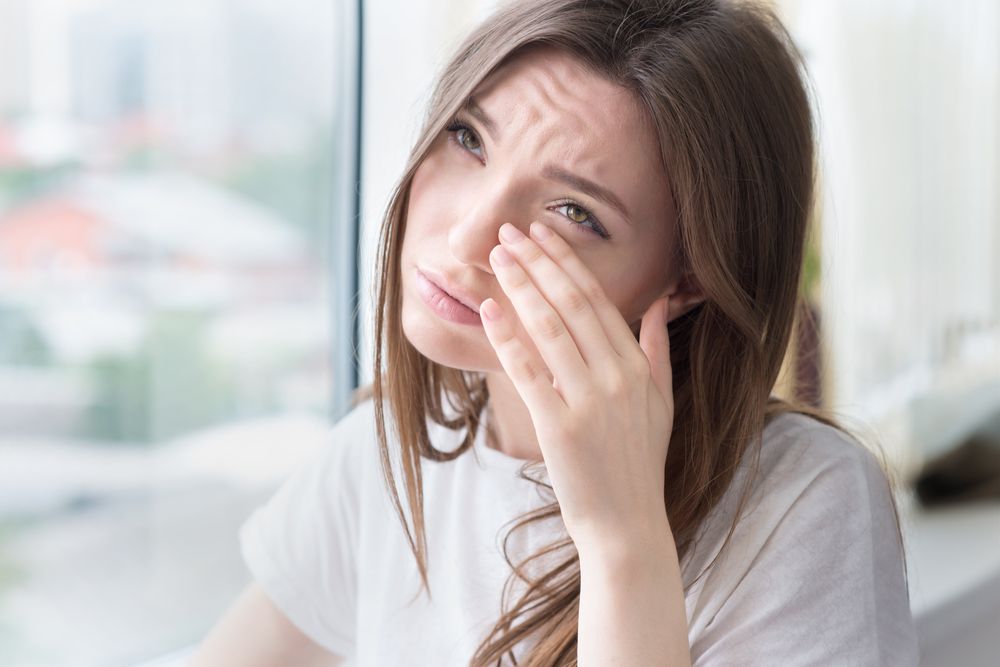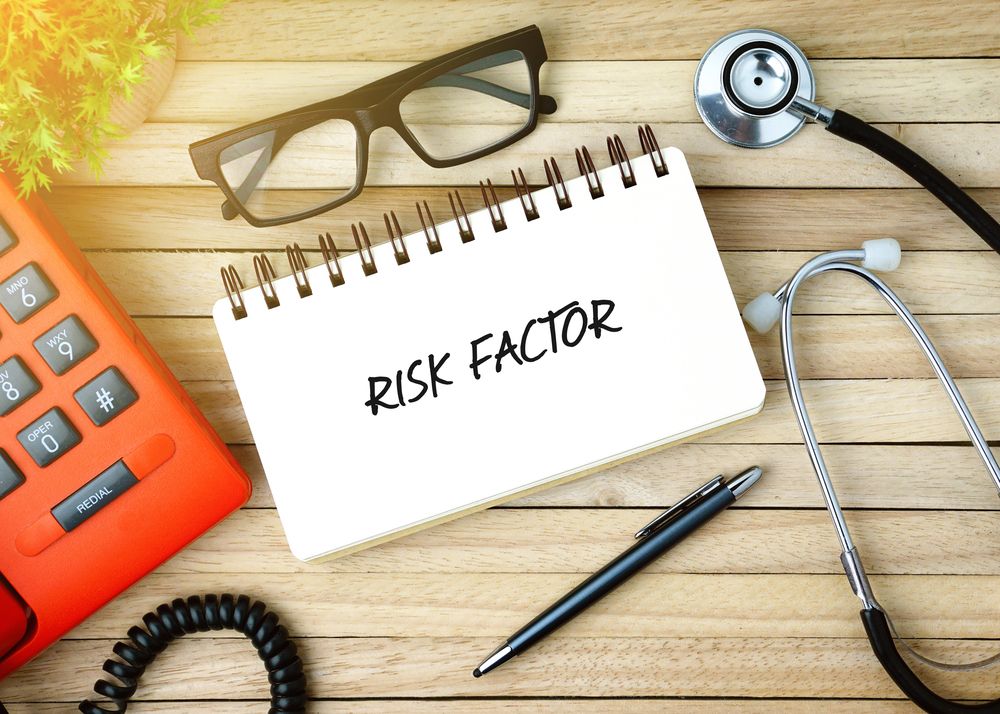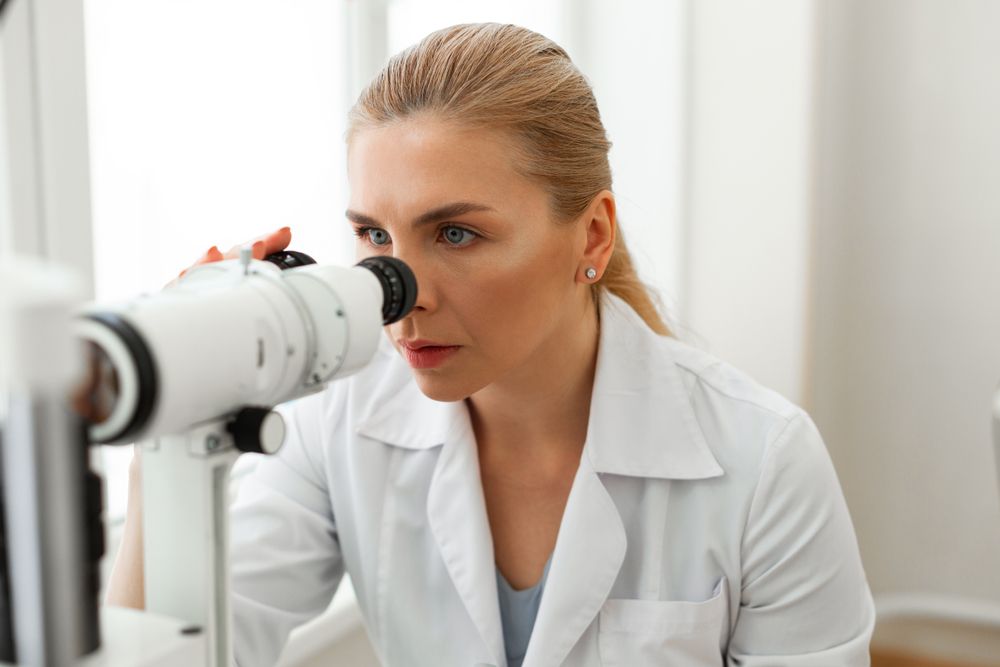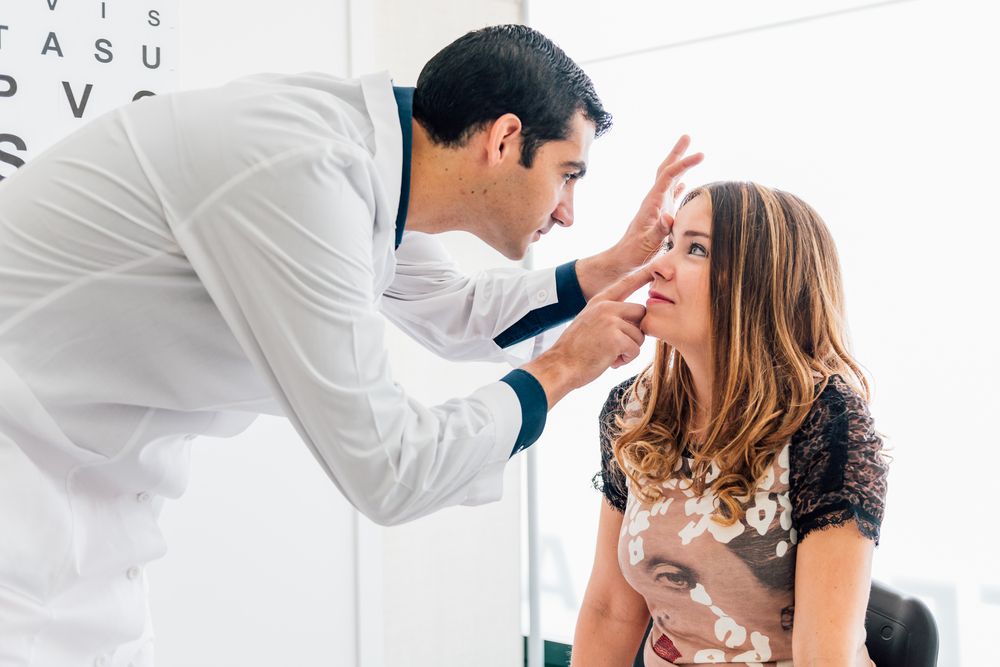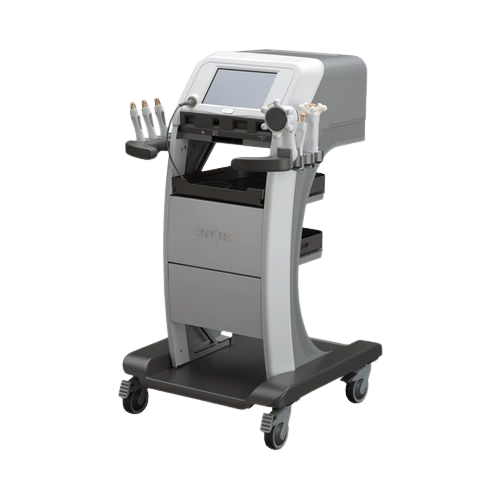Glaucoma is a term used to refer to a group of eye diseases that ultimately cause damage to the optic nerve. Unfortunately, there is no cure for glaucoma; but there are treatments available to help manage the condition and prevent vision loss. People with glaucoma often experience slow and gradual vision loss that is so subtle, it is virtually undetectable until it reaches advanced stages. Glaucoma often presents no other symptoms than vision loss, which is why it is important to visit an eye doctor periodically for comprehensive eye exams. As the disease progresses, it can eye pain and nausea, as well as total vision loss.
Did you know…
that glaucoma is a leading cause of blindness in the United States? It accounts for approximately 10 percent of all cases of total vision loss – some who lose their vision despite seeking treatment. The disease can strike anyone at any time, from birth to old age. More than 2 million Americans are believed to live with glaucoma, of who only 50 percent have received a diagnosis.
Frequently Asked Questions
Should I see an eye doctor about glaucoma testing?
Your eye doctor should perform a routine glaucoma screening at your periodic eye exams. However, you should see your eye doctor if you notice changes in your vision, such as blurring or halos when you look at lights. There are several tests available to test for glaucoma, including intraocular pressure testing and visual field testing. These screenings are painless, but could make it possible to diagnose and treat glaucoma in its earliest stages.
What should I expect during glaucoma treatment?
Treatment for glaucoma depends on the severity of the disease. If your [city] eye doctor diagnoses you with the disease, you may begin with a conservative treatment regimen of medicated eye drops or medications that help reduce pressure in your eye. If these types of treatments are ineffective, your [city] eye doctor may recommend a more aggressive treatment plan that includes a surgery to relieve excess fluids from the eye.
Will I need to follow any special instructions during treatment?
If you are taking medications or eye drops to alleviate pressure in your eyes, it is important that you do so according to your eye doctor’s instructions. If you undergo surgical treatment for glaucoma, you will need to adhere to a strict set of post-operative instructions in the days and weeks after your procedure. For example, you will need to wear an eye patch for the first 24 hours after your procedure, and avoid getting water or other substances in your eyes. You’ll also be told to avoid straining your eyes, refrain from strenuous activity, and wear an eye shield at night during the first several weeks after your procedure. Expect to feel some increased sensitivity in your eye, as well as a ‘scratchy’ sensation.
Corneal refractive therapy (CRT) is a non-surgical means of minimizing nearsightedness in vision patients. Also known as orthokeratology, CRT uses gas-permeable lenses similar to traditional contact lenses to reshape the cornea at during sleep. During the day, patients can experience a better natural vision without the aid of corrective lenses. The unique design of CRT lenses temporarily reshapes the eye, providing results that can last as long as two to three days.
Did you know…
that most CRT patients achieve a daytime vision that is at least 20/40? In fact, some people even achieve a vision that is 20/20 or greater with continual wear. Many patients choose CRT lenses as an alternative to refractive surgery because they are non-surgical and are cost less to begin therapy. Furthermore, after the first year of therapy, the annual cost of CRT therapy is comparable to the costs of wearing contact lenses.
Frequently Asked Questions
Am I a candidate for corneal refractive therapy?
CRT may be right for you if you suffer from myopia (nearsightedness) but are otherwise in relatively good health. To find out more about CRT and whether it’s right for you, contact your eye doctor to schedule a consultation.
What should I expect during corneal refractive therapy?
You will visit your eye doctor for a complete eye exam to determine if CRT is right for you. You’ll then be fitted for special CRT lenses that you will wear only at night. Keep in mind that it is normal to experience some discomfort while wearing these lenses, although you may find that you adapt to the feel of CRT lenses over time. In the morning, you will remove your lenses and experience improved vision without the aid of contacts or glasses.
Do I need to follow any special instructions with regard to CRT?
Simply follow you eye doctor’s instructions for use, and practice good hygiene and hand-washing before handling your lenses. Keep in mind that it takes time for corneal refractive therapy to begin producing results. You should begin to notice a significant difference in your daytime vision in as little as three weeks.
Optomap Ultra Widefield Photography
Regular detailed examination of the inside of the eye – the retina, is critical to eye health. Doctors use a number of techniques to examine the retina including looking into the eye, usually after dilating and the use of special cameras for imaging inside the eye. Until recently, most ophthalmic cameras could only photograph about 20% of the retina at a time. We now know that many eye diseases occur or begin at the outer edges of the retina, (“the periphery”), so examining this area is extremely important.
Because seeing the entire retina is so important at Spectrum Eye Care we have invested in the most advanced camera for ultra widefield photography and angiography. In a single, quick shot, this camera produces “optomap” photos of about 82% of the retina. These optomap images provide superior visibility of the retinal periphery allowing us to see, document, show you, and follow pathology that could not be seen with traditional eye cameras.
The optomap exam is quick and painless and combined with the thorough eye exams our doctors are trained to provide this advanced technology offers a new level of diagnostic confidence. We are proud and happy to offer this service to our patients.
Contact lenses are a discreet way of managing vision impairments without being tied to a pair of glasses. Many optometric patients choose contacts over eyeglasses because they are convenient, comfortable, and capable of correcting vision without affecting appearance. There are two classifications of contacts – soft and hard. Soft lenses are the most popular and are most commonly used to treat people with age-related vision loss, astigmatism, nearsightedness, or farsightedness. They form to the shape of the eye and tend to stay in place for the duration of wear. Hard lenses, on the other hand, can also be used to treat most vision impairments, but are less versatile and more likely to move out of place. Patients who choose hard lenses typically do so in favor of the crisper and clearer vision they achieve with them.
Did you know…
that more than 30 million people in the U.S. wear contact lenses? The majority of those people are females over the age of 25 who wear soft lenses. However, children as young as 10 years old could be candidates for contacts so long as they are capable of following all wear and care instructions.
Frequently Asked Questions
Am I a candidate for contact lenses?
You may be a candidate for contact lenses if you require vision correction lenses and are looking for a non-surgical alternative to eyeglasses. To find out if contacts are right for you, schedule an appointment with you eye doctor.
What should I expect when I am fitted for contact lenses?
Your eye doctor will conduct a thorough eye exam and prescribe a contact lens brand and power based on the results of your eye exam and your frequency of wear. You’ll be fitted with a trial pair of lenses before you leave the office and asked to return for a follow-up visit several days or weeks later.
How should I care for my eyes and contacts after my appointment?
You will be given instructions designed to help you protect your new contacts, as well as your eyes. If you fail to follow these instructions, you risk getting a corneal infection that could threaten your sight. Most importantly, you’ll be instructed to wash your hands prior to handling your contacts. Depending on the type of lenses you wear, you may also need to remove your contacts at night before bed.



